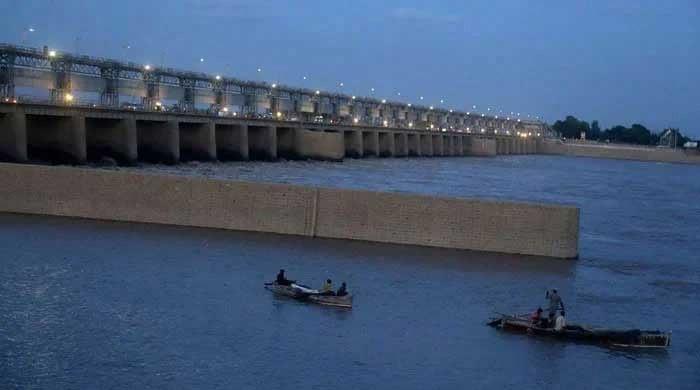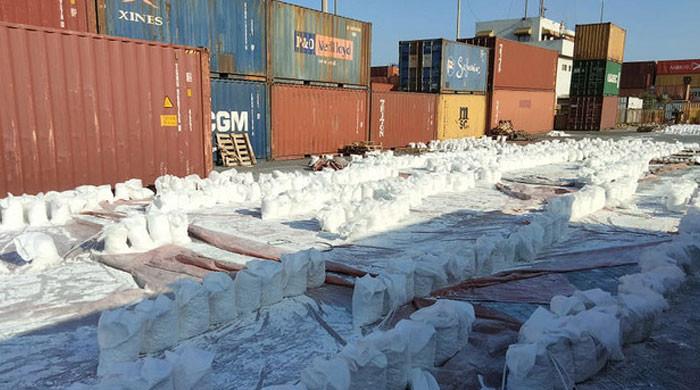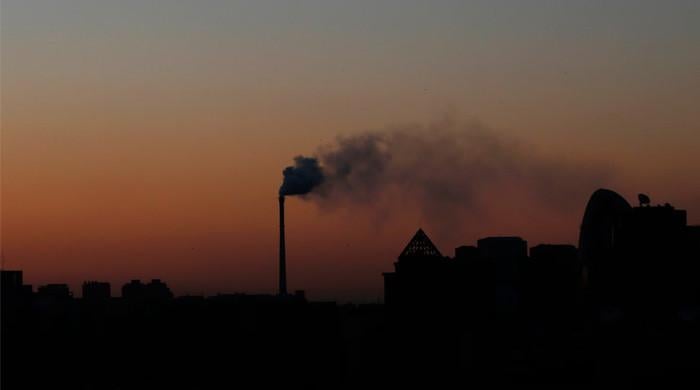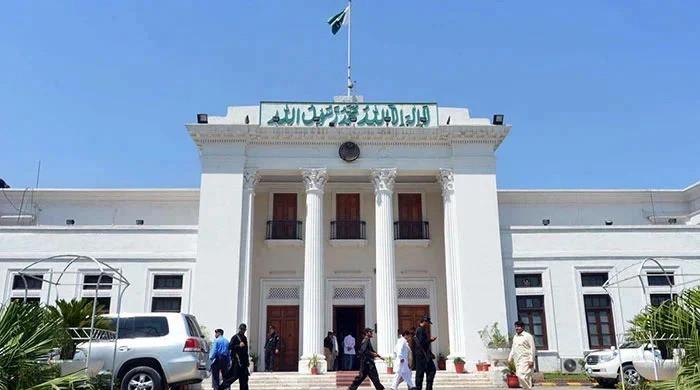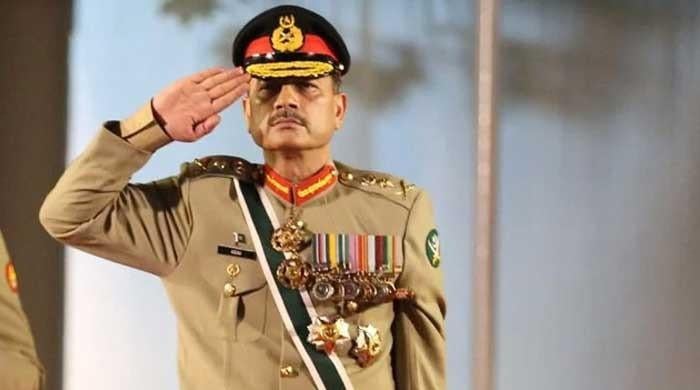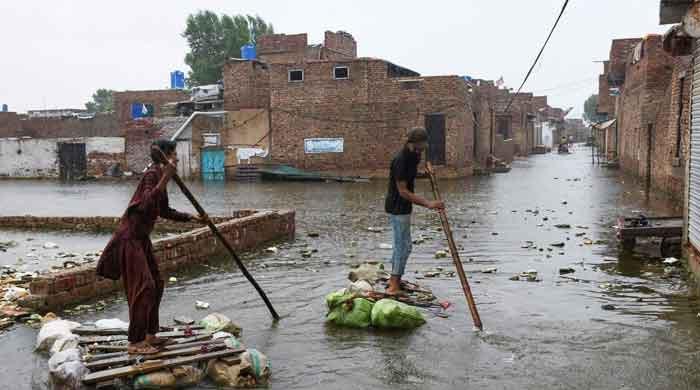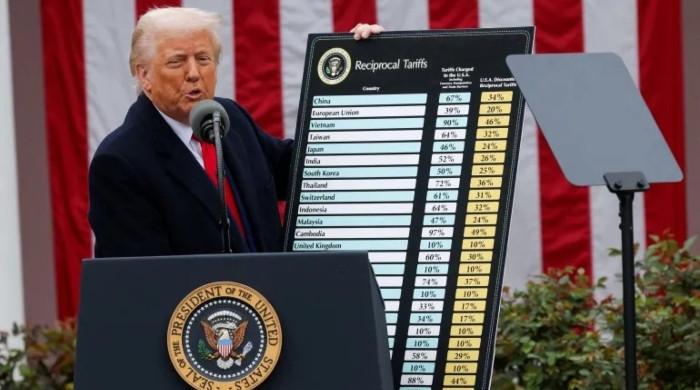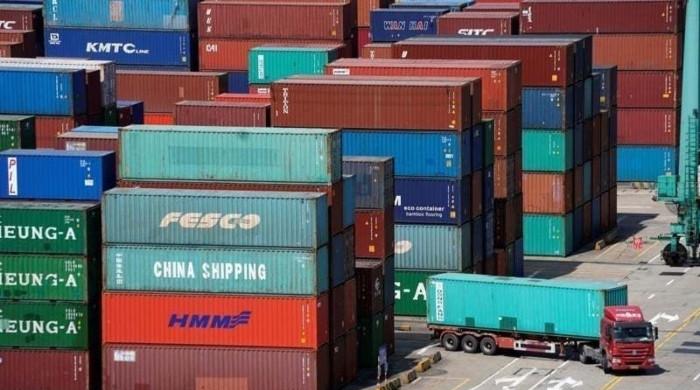Who will form the government in Balochistan?
Despite who emerges victorious, history tells us that Balochistan’s coalition governments are always unpredictable and a change of guard is always a possibility
July 30, 2018
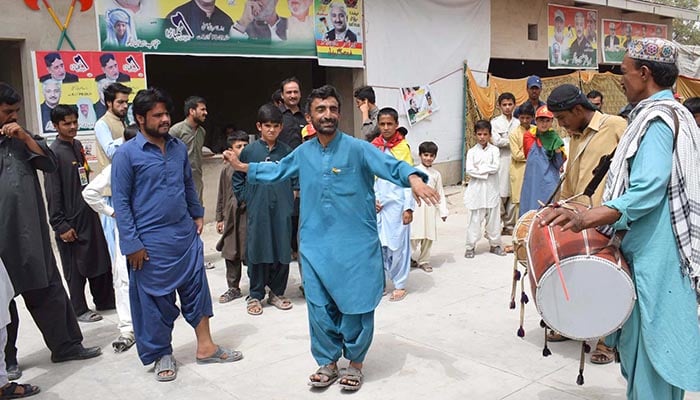
The outcome of the 2018 election in Balochistan depicts big changes and a few lessons. It seems that the electorate is no longer interested in giving entrenched political parties, such as the Pakistan Muslim League- Nawaz (PML-N), the Pashtunkhwa Milli Awami Party (PkMAP) and the National Party (NP) another shot. Their defeats have been resounding, in comparison to the newly-formed Balochistan Awami Party (BAP), which has emerged as the single largest party in the province winning over 15 seats out of the 51 general constituencies.
The biggest loser was the PML-N that could not even retain a single parliamentary constituency. In 2013, the party bagged 21 provincial assembly seats. This time, it only picked up one. So their share of representation went down from 21 to one. Similarly, the PkMAP was cut down from 12 to one in the provincial set-up and lost all its previous national assembly seats. As for the NP, it walked out of these polls completely empty-handed both from the parliamentary and provincial constituencies.
For the PkMAP, the defeat was a double whammy. Its chairman, Mehmood Khan Achakzai, was trounced on both the parliamentary general seats – NA-265 (Quetta) and NA-263 (Killa Abdullah) – he was contesting from.
Over to the winners now. Jam Kamal Khan, previously with the PML-N and a minister of state for petroleum, quit the party and joined BAP in April 2018. Thereafter, he was appointed their first president.
The Balochistan Awami Party (BAP) was formed earlier this year with over 20 dissidents from other parties, just before the election in the Senate. They were strong enough in numbers to even topple the Balochistan chief minister and bring in another.
Usually, new parties take a while, and a few polls, to find their footing. But the BAP, made up of old faces, took no time in settling in. In fact, it grabbed the largest chunk of the provincial assembly seats from the province on Wednesday.
Now, barely a week after the polls, BAP is working overtime to establish contacts with the other MPAs-elect and is hopeful to form a coalition government with their support. “Our party has emerged as the single largest party in Balochistan,” Khan boasted in a press conference, “we will form the government in the province.”
For BAP, those to woo include the religious Muttahida Majlis-e-Amal (MMA) which has secured nine seats and the Balochistan National Party (Mengal), which has seven MPAs-elect. While Imran Khan’s Pakistan Tehreek-e-Insaaf took home five.
As for those going to the parliament from Balochistan, the province has 16 National Assembly seats, the MMA walked off with five. It managed to sweep the polls in Quetta, Killa Saifullah and the Pishin districts. The BAP and BNP (Mengal) won three each. Then, in a first, the PTI also got two NA seats. (Imran Khan, its leader, is also in talks with his party to try to form a coalition government in the province).
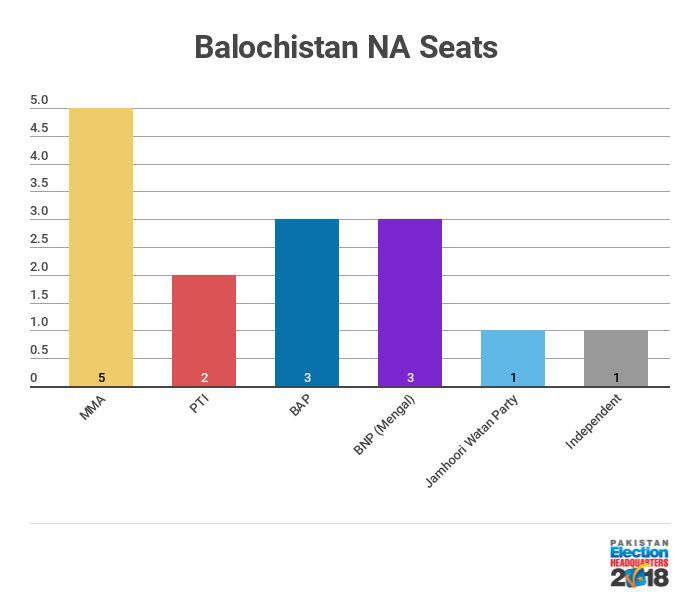
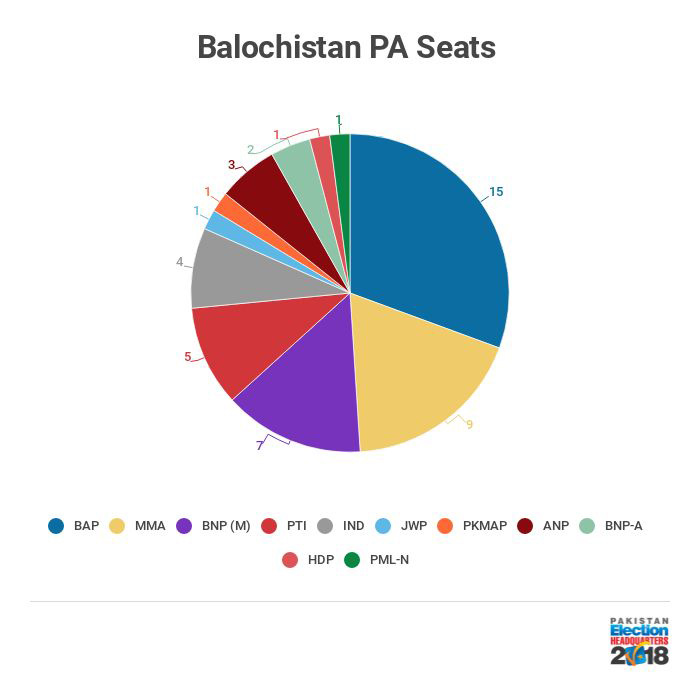
While the cards are all up in the air for now, one possibility is a coalition of three or four political parties in the Balochistan Assembly. And like in any other province of Pakistan, the independents will be the final deciders in the house of 65 seats. Four independents were elected from provincial constituencies on Wednesday. As for the chief minister, there are several names in consideration, including Sardar Yar Muhammad Rind of the PTI, Sardar Akhtar Mengal of the BNP and Jam Kamal Khan of the BAP.
Despite who emerges victorious, history tells us that Balochistan’s coalition governments are always unpredictable and a change of guard is always a possibility.




